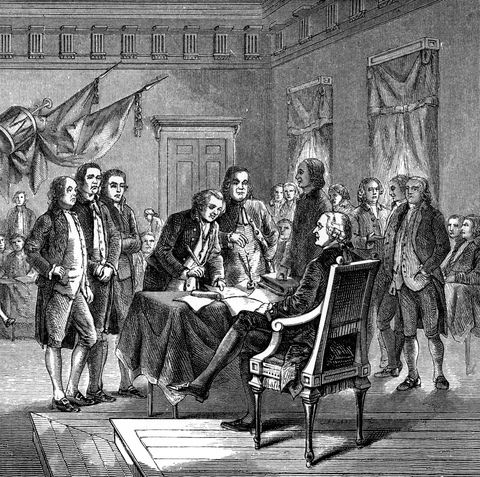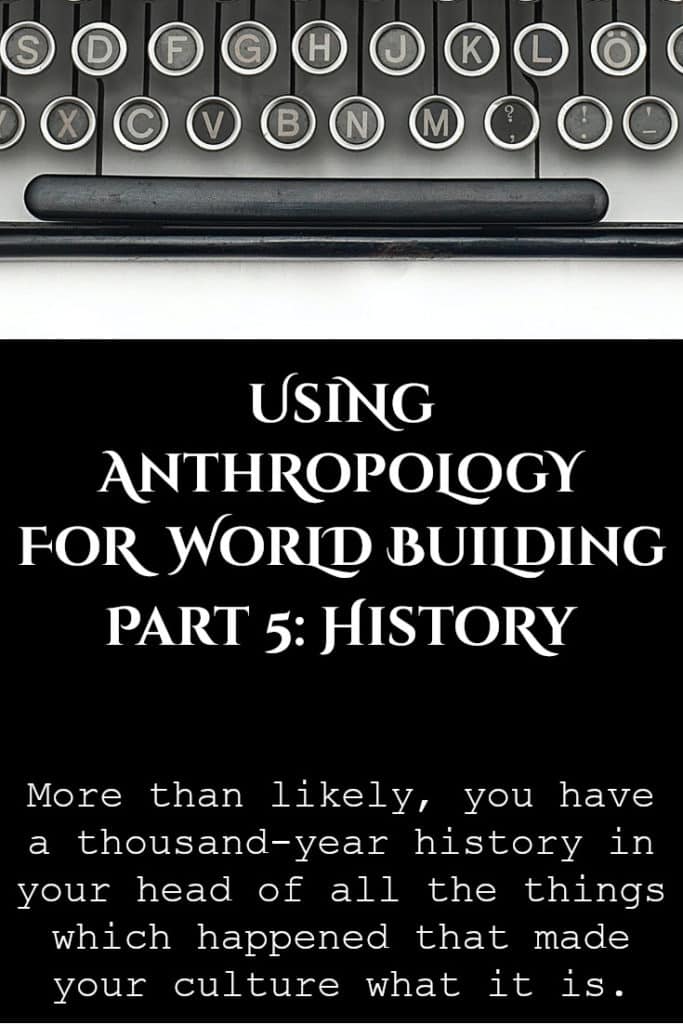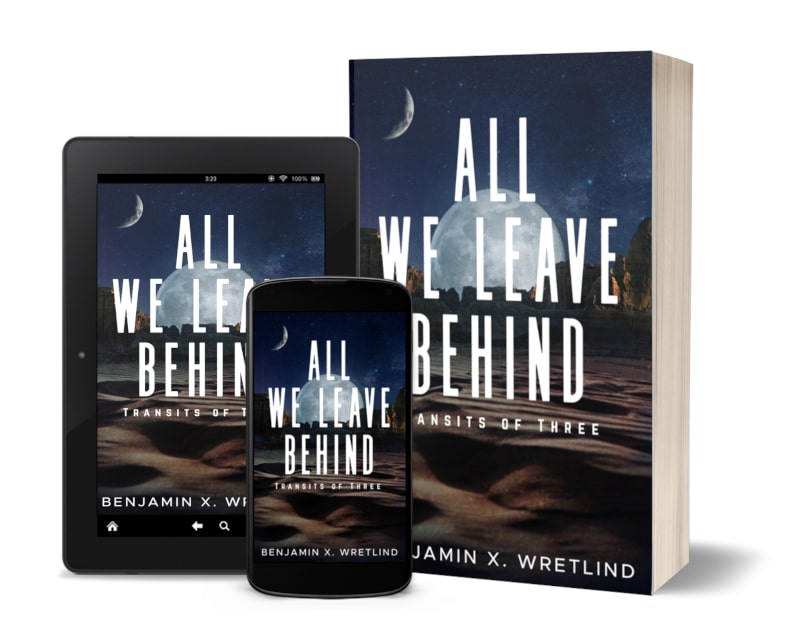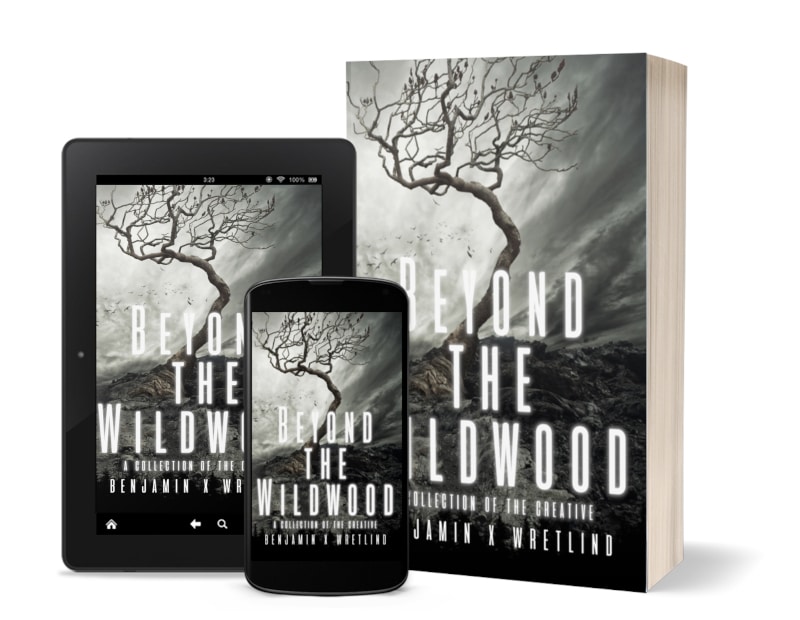Using Anthropology for World Building – Part 5 (History)

It’s probably obvious to say that history is an important element of anthropology when building worlds in fantasy and science fiction (or any other genre). However, it’s one that’s not always done and it can make a big difference in the culture you’re creating.
So far in this eight-part series on using anthropology for world building, we’ve touched on language, religion, social groups, and arts & crafts.
Today is all about history, one of the elements of culture that separate one from another. The final three elements–government, economy, and daily life–are up next.
Today is July 2 (well, it was when this post was released). In two days, the United States will celebrate a moment in its own history. That holiday is a part of the culture of the U.S. and separates it from other cultures around the world.
There are thousands of books which recount the events of July 4, 1776, and tens of thousands which may reference it inside the covers.
July 4th is but one example to show the number of ways the history of a culture can be woven into your stories.
When you’re building a world, be it fantasy or science fiction, see if you can’t embed some history in there. I’m not talking about backstory.
You have a culture, right? That culture did not begin on page one of your book (unless it did, then, well, that’s pretty cool). More than likely, you have a thousand-year history in your head of all the things which happened that made your culture what it is.
At the end of my first Transit novel, Out of Due Season, something happens. When the second book starts, it’s been forty years, but it was the impact of that event at the end of the first book that made the difference. It was a defining moment in the history of my characters.
The Feast of Elijah and the Circle of Light had always been a three-day extravaganza of community and pride. Aside from the evening ritual of hearing three elders or their descendants tell a story to the young ones, parents exchanged homemade trinkets with each other in order to pass them down to their children, and those children would then delightfully open those gifts. It had been Elder Jackson’s idea to add in the gift giving, like the Christmas none of the children knew about. All of this surrounded three days of excessive food and drink. It was the only time during the year when every resident of the City of Nod took part, every resident felt the pull to commune with people they rarely had contact with, and every resident praised the foresight of Father Elijah and the gift which he bestowed on the people who agreed to travel with him based only on faith and the promise of something better.
From Sunshine and Shadow: Exodus, or The Second Transit
To explain this history in a book, you don’t have to get into details. You can weave it in here and there, perhaps in dialogue or through subtle hints. That history can be something the reader has to unravel, like a mystery within your novel.
Have you ever watched a movie with two or three timelines? That method of storytelling allows the filmmaker to bring in a history without a long exposition. In a sense, the exposition is there but stretched out through the film.
The same with some books. When an author drops in something like “A Hundred Years Ago” at the beginning of a chapter, they are bringing in a bit of history, a bit of exposition that (hopefully) explains something about the characters in “the present” who are a part of a culture.
History is an important element of anthropology when building worlds in fantasy and science fiction. You’ve created a culture, so let the reader know a few things about why that culture is the way it is.
Your readers will thank you.
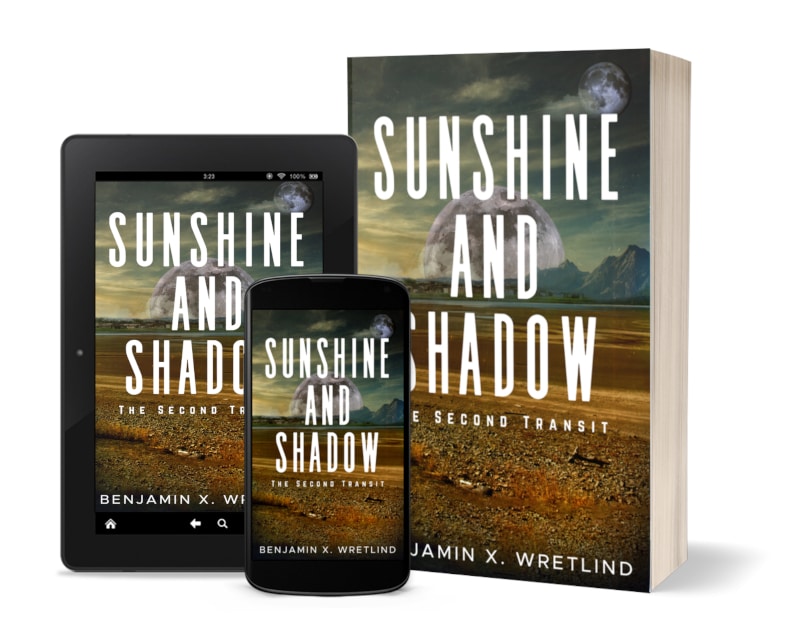
To see how history can define a culture in the world you build, can check out Sunshine and Shadow: Exodus, or The Second Transit.


